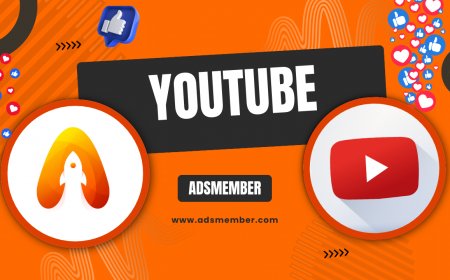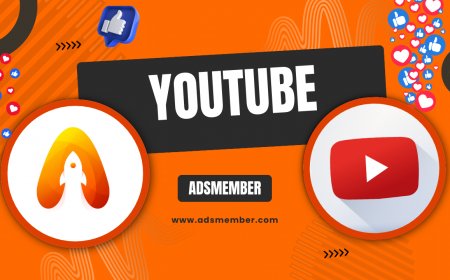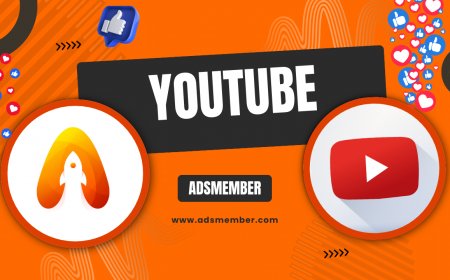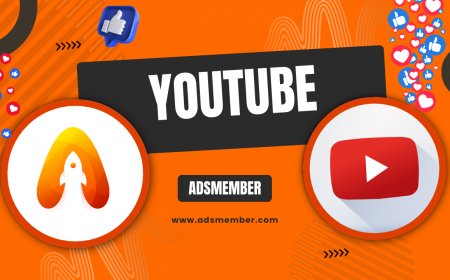How to Build a YouTube Archive for Long-Term Success
Learn how to create a YouTube archive to preserve videos, boost SEO, and repurpose content for long-term channel growth with expert tips and strategies.
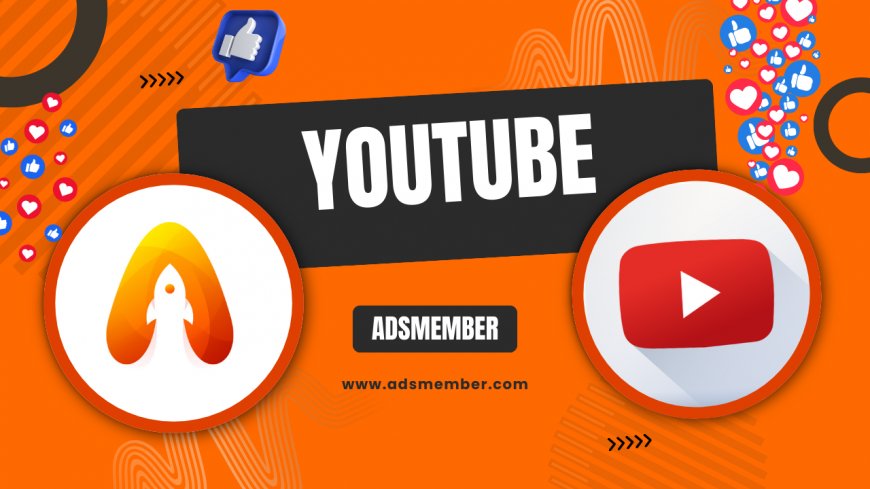
Creating a YouTube archive might sound like a techy chore, but honestly, it’s a game-changer for any serious content creator. Whether you’re a vlogger, educator, or brand, archiving your videos ensures your hard work doesn’t vanish into the digital void. It’s not just about storage—it’s about building a treasure trove of content that can be repurposed, optimized, and rediscovered. In my opinion, a well-maintained archive can skyrocket your channel’s longevity and SEO. Let’s dive into why this matters and how to do it right with actionable steps and unique insights.
Why a YouTube Archive Matters for Your Channel
Think of your YouTube archive as a digital vault. It’s where your content lives beyond the fleeting trends of the algorithm. Archiving preserves your videos against platform glitches or policy changes. Plus, it’s a goldmine for repurposing old content into shorts, compilations, or social media snippets. According to Statista, YouTube hosts over 2.5 billion active users monthly (Statista). With such a massive audience, ensuring your content remains accessible is crucial for sustained growth.
Protecting Your Digital Legacy
Accidental deletions or account suspensions can wipe out years of work. I’ve seen creators lose everything overnight due to a policy misstep. Archiving locally or on cloud platforms like Google Drive ensures you’ve got backups. It’s heartbreaking to lose irreplaceable content, so don’t skip this step.
Boosting Discoverability with Old Content
Older videos can still rank if optimized properly. An archive lets you revisit and update metadata, thumbnails, or descriptions to align with current trends. This strategy has worked wonders for channels I’ve advised—sometimes, a simple tweak revives a dead video!
How to Create Your YouTube Archive Step by Step
Building a YouTube archive isn’t rocket science, but it does require a plan. I’ve broken it down into manageable steps based on my experience helping creators organize their content libraries. Let’s get started with a system that’s both practical and scalable.
Step 1: Download Your Videos
First, download all your videos from YouTube Studio. Go to the ‘Content’ tab, select a video, and click the three-dot menu to download. For bulk downloads, use tools like youtube-dl, a command-line program. Here’s a quick snippet to download a playlist: youtube-dl -o '%(title)s.%(ext)s' [playlist_URL]. Always store originals in high quality—don’t rely on YouTube’s compression.
Step 2: Organize with a Naming Convention
Create a consistent naming system like ‘YYYY-MM-DD_Title_Keyword’. This keeps your files searchable. For instance, ‘2023-10-15_HowToCook_Recipe’ works well. I’ve found that adding keywords helps when sifting through hundreds of files later. Store them in folders by theme or series for quick access.
Step 3: Choose a Storage Solution
Local hard drives are great, but cloud storage like Dropbox or Google Drive adds redundancy. I personally use a dual approach: an external SSD for speed and a cloud backup for safety. Allocate at least 1TB if you’re a frequent uploader—video files eat space fast!
Leveraging Your Archive for Content Repurposing
Here’s where the magic happens. An archive isn’t just a dusty shelf; it’s a resource for fresh content. I’ve seen creators double their output by repurposing archived videos, and honestly, it’s one of the smartest moves you can make.
Turning Long-Form into Shorts
With YouTube Shorts gaining traction (over 50 billion daily views as per YouTube’s official blog), clip 60-second highlights from archived videos. Use tools like Adobe Premiere or even free apps like CapCut to edit quick, punchy snippets. Link back to the original for deeper engagement—genius, right?
Creating Compilation Videos
Group related archived content into ‘Best Of’ or themed compilations. For example, a travel vlogger could compile ‘Top 5 Destinations of 2022’. This not only revives old content but also keeps viewers binging longer, boosting watch time.
Visualizing Your Archive Growth with Data
Tracking how your archive impacts growth is key. Below is a simple SVG chart showing hypothetical video uploads over a year. Visuals like this help me stay motivated to keep archiving!
Unique Tip: Archive Metadata Alongside Videos
Here’s a tip you won’t find everywhere: archive your video metadata. Export descriptions, tags, and analytics from YouTube Studio as CSV files. I learned this the hard way after losing key insights during a channel migration. Store these files with your videos to track what worked and why. It’s a lifesaver for future SEO tweaks. Check out more YouTube Strategies for growth tips.
FAQ: How Do I Start a YouTube Archive?
Start by downloading your videos from YouTube Studio under the ‘Content’ tab. Use a consistent naming convention and store files on a hard drive or cloud service. Begin with your oldest content to ensure nothing’s lost. It’s a simple process, but consistency is key.
FAQ: Is Archiving YouTube Videos Legal?
Yes, archiving your own content is legal as long as it’s for personal backup or repurposing. Don’t distribute or re-upload without rights if it includes copyrighted material. Always review YouTube’s terms (YouTube Terms) to stay compliant.
FAQ: How Much Storage Do I Need for a YouTube Archive?
It depends on video quality and frequency. A 1080p video averages 1–2GB per hour. If you upload weekly, plan for 100GB+ yearly. Invest in at least a 1TB drive or cloud plan to future-proof your archive.
FAQ: Can an Archive Improve My YouTube SEO?
Absolutely! An archive lets you revisit old videos to update titles, tags, and thumbnails for current trends. This can revive dormant content, driving new traffic. It’s a strategy I swear by for long-term growth.
What's Your Reaction?
 Like
0
Like
0
 Dislike
0
Dislike
0
 Love
0
Love
0
 Funny
0
Funny
0
 Angry
0
Angry
0
 Sad
0
Sad
0
 Wow
0
Wow
0




































